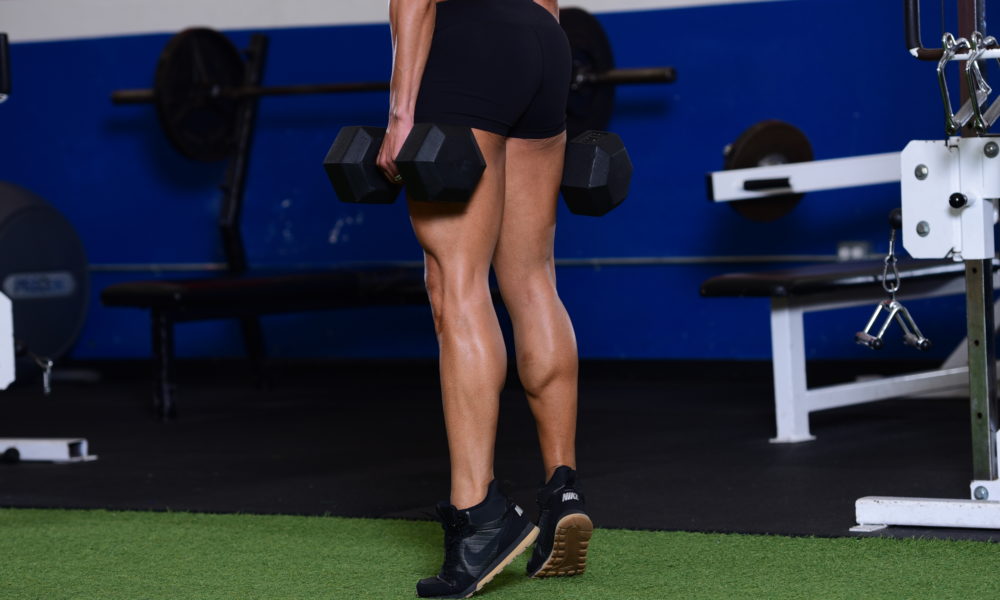

Don’t forget your calves! Working out your calves is never easy, but with the right guidance, perseverance, and knowledge, you’ll get toned and strong muscles.
Muscle tone and strength are not overnight endeavors. For years, you have been pounding away at the iron games, completing set after set, round after round. You have invested so much time, sweat, and blood into your bodybuilding. But you notice that your lower legs are not the shape you want them to be.
Leg exercises are by far the most tedious, painful, and hardest to endure. This is why many fitness enthusiasts may neglect to work out their lower legs. When you want a full-body workout and toning, it’s crucial not to skip this part.
Before anything else, let’s discuss the structure of your calf muscles. Knowing the structure of the calf muscle can help you maximize muscle gain in the calves.
Calf Muscle Structure
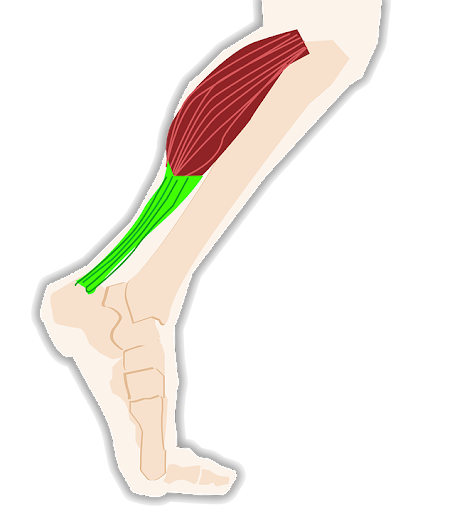
The calf muscle may be small and may seem inconsequential. But it is a useful muscle to develop for size, power, endurance, strength, and shape.
It is located at the back of the lower leg, starting below the knee, and extends to the ankle. The muscles in the lower leg work together to propel you forward when walking or running. These also aid in jumping, rotating the ankle, and flexing the foot.
The calf muscle is composed of two structures – the gastrocnemius, the larger calf muscle that forms the bulge, and the soleus, the smaller and flat muscle that is located under the gastrocnemius muscle.
The gastrocnemius is the larger calf muscle that provides shape to the back of the lower leg. It is situated at the top back of the lower leg, creating a visible bulge. It comprises two heads, the medial and lateral. It is a very powerful muscle that enables the legs to move, run, walk, and perform various activities.
The soleus is a large muscle on the back of the lower leg, which is located at the back of the shin bone, attaching to the heel bone to be part of the Achilles tendon. It is also active during activities like walking, jumping, and running.
Benefits of Calf Exercises
Having improved muscular strength is important for bodybuilders. Though the bulk can help provide tone and power, targeting important areas like the legs can help keep you in shape.
Training the calves will not only improve your look aesthetically, but it also has other benefits, these include:
- Stabilizing the feet and ankle for proper balance
- Building muscular strength especially on the gastrocnemius and soleus muscle
- Improving the look of your lower legs
- Helping rehabilitate the Achilles tendon when injured, like having an Achilles tear and Achilles tendonitis by strengthening the muscles to reduce the stress on the tendon.
- Improving entire lower body performance, which applies mostly to active individuals like athletes
- Increasing speed for runners
- Supporting higher jumps
- Improving balance
- A Good Mix Of Calf Exercises
A good daily calf workout routine can help build improve muscle tone and strength. The good news is, you don’t have to run a marathon to get great calves. Here is the ultimate calf workout you can try:
Donkey Calf Raises
The donkey calf raises exercise best targets the gastrocnemius muscle. The exercise lets the muscle tie in with the hamstrings at the back of the leg. When you’re in a bent-over position, the gastrocnemius muscle and hamstrings are stretched out, making the donkey calf raise a good exercise for the lower legs.
When it comes to calf training, there are several different methods for doing donkey calf raises. First is the seated donkey calf raise, which involves a sled machine. The method is an excellent way if you prefer working out alone. You can also perform donkey calf raises standing up.
Incorporating this method into your strength routine is an excellent way to ramp up your calf muscles.
Having strong calf muscles may help support the Achilles tendon, which connects them to the heel bone. The Achilles tendon is essential as it provides the spring-like energy you need to speed up, decelerate, and land properly and safely.
How to perform a donkey calf raise?
Perform donkey calf raises by standing with your feet shoulder-width apart. Pivot your hips and bend the upper body to the front. Push into the front of the feet to activate the calf muscles as you now stand on your tiptoes. Repeat this pattern.
You can also do the exercise by placing a weight plate on the floor a couple of feet behind a railing. Hold the railing with both hands and fold forward. Make sure that the balls of the feet are on the far edge of the step and gradually lower the heels. The heels should go as farther as possible towards the floor and lift them as high as possible after a one-count. Make full three counts lower the heels and repeat.
What are other variations you can try?
One of the most effective calf workouts is the lengthwise barbell donkey calf raise. The exercise technique is one of the finest exercises to work out the calves. This is done with a bard down the back. You can try this or alternate several variations for better results.
Barbell Calf Raises
Another popular calf muscle workout is the barbell calf raises. Training the calves is crucial to building endurance, strength, and power. It’s excellent for improving the stability of the ankles, including balance.
Barbell calf raises are also good to stretch the plantar muscles of the feet, and it is a unique way to work out the posterior lower leg.
How to perform a barbell calf raise?
To do the barbell calf raise, stand with your feet apart. Carry the barbell across your upper back and pull the bar down with an overhand grip. Make sure your shoulder blades are squeezed. Go to a tiptoe position by pressing onto the balls of the feet, lifting the heels from the floor.
What are other variations you can try?
You can do this with dumbbells by holding them by the sides, and placing the feet about shoulder or hip-width apart. Contract the calf muscles by lifting the heel off the floor. Pause at the top and gradually lower to the original position. Do this for up to 15 lifts or more on each leg for about three sets.
Jump Rope
Jump rope is another trending and popular exercise for weight loss. But did you know that it can strengthen and work out the calves, too? It’s like working out multiple areas of the body at once.
Jump rope exercises are extremely good in targeting the calf muscles and at the same time, helps build endurance. Jump rope exercises are sustainable since it increases blood flow and heart rate.
Compared to calf raises, jump rope can also target both the gastrocnemius muscle and the soleus muscle, plus other muscles in the legs like the quads, hamstrings, quads, and hip adductors. The exercise also works out the core muscles like those in the abdomen and torso.
How to perform jump rope exercise for the calves?
There are various jump styles you can try that target the calf muscles. The basic jump is easy to do, just make sure to have longer intervals to get a perfect calf burn.
What are other variations you can try?
The side-to-side style is also ideal for the calves, especially as it improves speed.
The front-to-back style is also good for the calves, giving an explosive workout. Meanwhile, the alternate food step, high knee step, and single-leg jump styles help improve calf strength, reaction time, and power.
Standing Calf Raises
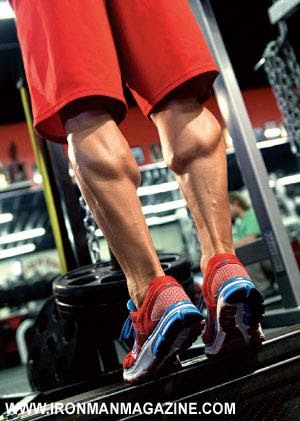
One of the most basic moves for calf improvement is the standing calf raise. It’s easy to do and improves muscle strength and performance in the lower legs.
How to perform jump rope exercise for the calves?
A standing calf raise is perhaps one of the easiest exercises to do. To do this, you need to stand up straight with your hands pointed forward. The knee is straight and you need to raise the heels of the feet off the floor while pushing through the balls of the feet. Slowly lower to the start and repeat the procedure.
What are other variations you can try?
There are various standing calf raises that you can try, including the raised calf raise. You can do this by standing on a step so the heel is lower than the rest of the foot.
To do the seated calf raise, sit on a chair with the feet on an elevated surface so the heels hang. You can raise the heels and down again for a couple of sets. This exercise is excellent for working out the soleus muscle, which is smaller but as important as the gastrocnemius muscle.
A bent-knee calf raise, on the other hand, involves bending the knees gradually when performing calf raise exercises. It works by shifting the pressure from the gastrocnemius muscle to the smaller muscle – the soleus.
Don’t Forget Your Calves!
In working out the lower legs, discipline and perseverance are essential. It’s hard and painful, but with the right type of exercise, you can develop the legs for speed, endurance, and muscle strength.
The calves are also important muscles to work out. These exercises will help you gain the calves you want, which will not only help your legs look good aesthetically, but also, improve muscle tone, strength, and power. Runners, athletes, and active individuals who love footwork should never forget to work out their calves.






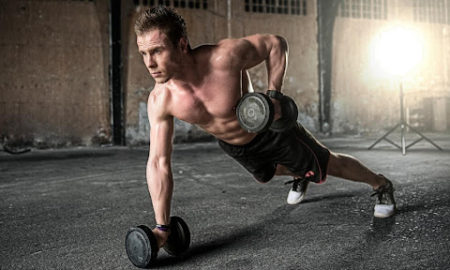
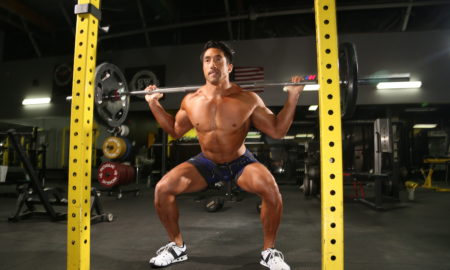






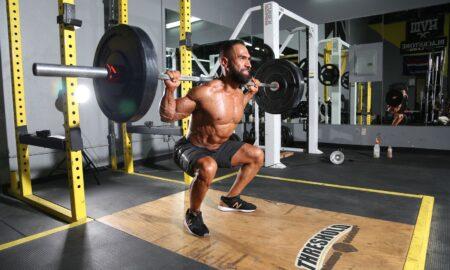

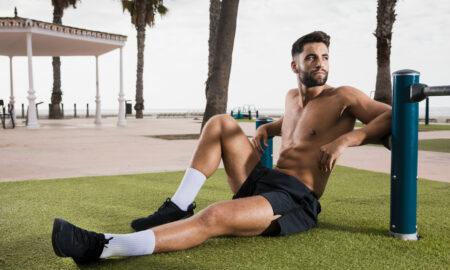
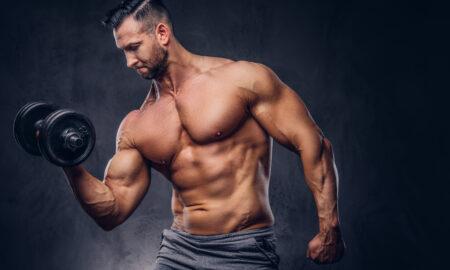
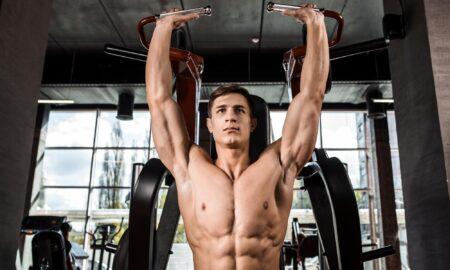


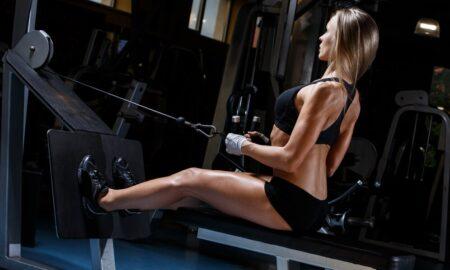
You must be logged in to post a comment Login